1. The Flintstones’ Post-Apocalyptic World

This theory might just rock (pun intended) your view of the Stone Age! According to some fans, The Flintstones isn’t set in prehistory at all, but in a post-apocalyptic future. Picture this: humanity is rebuilding after a nuclear war, hence the mix of primitive and advanced tech, like TVs made of stone or cars powered by foot. It’s a dark spin on a childhood classic, making those prehistoric creatures feel a little more chilling.
2. Winnie the Pooh as Mental Health Metaphors

This theory takes the lovable Winnie the Pooh crew and gives each character a psychological profile. The idea? Each character represents a different mental health condition: Pooh with his ADHD and compulsive eating, Eeyore’s depression, Tigger’s hyperactivity, and Piglet’s anxiety. It’s a wild thought to imagine our friends from the Hundred Acre Wood as illustrations of complex psychological states, but it could explain some of their quirks and behavior. Thinking back on it as an adult, you might see these traits in a new, sobering light.
3. Scooby-Doo’s Mystery Incorporated Are All Dead
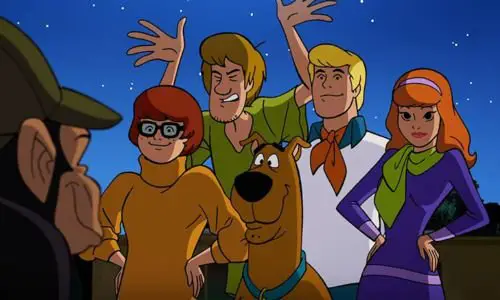
According to this haunting theory, the gang in Scooby-Doo—Fred, Daphne, Velma, Shaggy, and, of course, Scooby—are actually ghosts or spirits, forever stuck solving mysteries. The spooky catch? They’re allegedly “solving” the mysteries that led to their own deaths. This would explain the gang’s never-ending road trip and how they always seem to end up in eerie, abandoned places. Thinking of the gang as spirits trapped in limbo adds a whole new layer to those Saturday morning cartoons!
4. The Rugrats Theory – Just Angelica’s Imagination
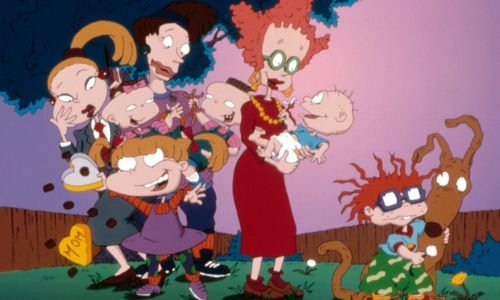
Here’s a mind-bender: some fans believe that every baby on Rugrats is simply a figment of Angelica’s imagination. Supposedly, each baby represents a different part of Angelica’s psyche, which she uses to process feelings of loneliness or loss. The theory gets pretty dark, suggesting that Chuckie, Phil, Lil, and Tommy never existed as real people. Instead, Angelica made them up to help cope with the world around her. This theory flips those light-hearted adventures into a tale of one lonely girl struggling with loss and grief—a heavy thought for what was once a feel-good show!
5. The Smurfs as a Fascist Allegory
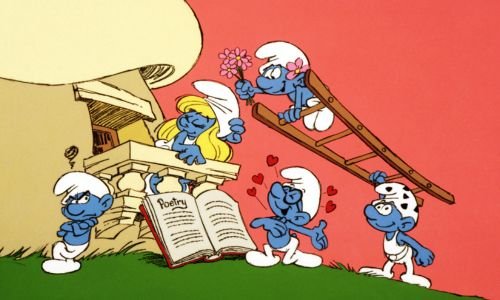
According to this theory, those adorable blue creatures might represent something much darker. Some say the Smurfs are actually a symbol of totalitarianism, where Papa Smurf is an authoritarian figure keeping everyone in line. The theory goes even further to suggest that the Smurfs’ communal, homogeneous society—and their fear of “different” characters, like Gargamel—reflects a dystopian worldview. It’s an eerie concept to apply to such a cheerful village, but next time you see that red-capped Papa Smurf, you might catch yourself second-guessing his motives!
6. Alvin and the Chipmunks Are Actually Lab Experiments
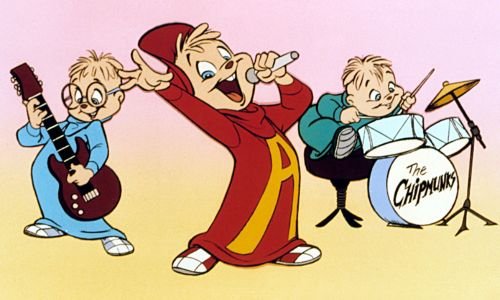
Why would chipmunks wear clothes, speak English, and sing in perfect harmony? Some fans think Alvin and the Chipmunks were the results of failed lab experiments gone rogue. This theory suggests that a scientific mishap gave these chipmunks human-level intelligence, language, and musical abilities. It’s a far cry from the cheerful holiday tunes and “Hula-Hoop” days we remember, but it’s a haunting backstory that reimagines Alvin, Simon, and Theodore as escapees from some dark government lab.
7. Donald Duck as a WWII Veteran with PTSD

According to this theory, Donald Duck’s angry outbursts and odd behavior stem from PTSD after serving in WWII. As wild as it sounds, Disney did depict Donald in WWII military cartoons, and many fans see his explosive temper as the result of unseen battle scars. It’s a theory that casts Donald’s outbursts in a new, heart-wrenching light. Watching him rage over spilled milk or the mischievous antics of Huey, Dewey, and Louie might feel more poignant than before.
8. Goofy and Pluto: The “Experiment Gone Wrong” Theory
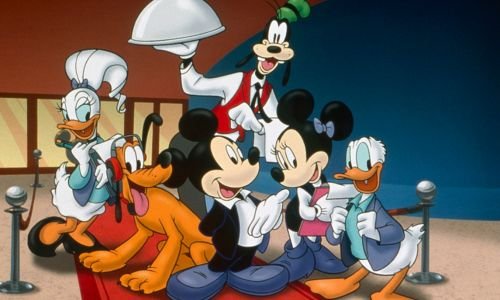
Here’s a mind-boggling one: how can Goofy and Pluto both be dogs in the Disney world, but live such different lives? Some fans believe Goofy was actually a result of an experiment that went wrong, accidentally granting him human-like intelligence. Meanwhile, Pluto remains a “normal” dog. This eerie theory suggests that poor Pluto could be aware of Goofy’s human status, making their interactions much darker than the light-hearted cartoons would suggest.
9. Inspector Gadget’s Secret Identity

One unsettling theory claims that Inspector Gadget isn’t the real deal but rather a cyborg replica of the original Inspector Gadget, who was either kidnapped or killed. This would explain why Inspector Gadget has no memory of his past, and why his “evil” twin, Dr. Claw, might just be the real inspector who was replaced. It’s a chilling spin on a light-hearted character who could have been stripped of his identity, leaving his clone to fight crime.
10. Charlie Brown’s Friends Are Just His Imagination

Some theorists argue that Peanuts is actually the tale of one lonely boy, Charlie Brown, who invented his “friends” to combat his feelings of isolation. This theory paints Charlie’s interactions with characters like Snoopy and Lucy as flights of fancy that help him navigate a world where he feels ignored or unseen. Suddenly, those endless kite failures and heartbreaks over the little red-haired girl seem like expressions of a deeper loneliness, making Charlie Brown’s holiday specials a little more bittersweet.
11. Garfield and the “Lost” Halloween Episode

One Halloween special in Garfield and Friends has become the stuff of theories and nightmares. In it, Garfield dreams of being alone in an abandoned house, calling out for Odie and Jon, but nobody answers. The theory suggests that this isn’t just a spooky dream but rather a window into Garfield’s future, alone and forgotten after his owners have left or passed on. It’s one of the eeriest episodes, and the theory adds a haunting new level to the famously lazy, food-obsessed feline.
12. He-Man and Skeletor Were Once Brothers

According to one theory, He-Man and his villainous rival, Skeletor, weren’t always enemies; they were brothers who grew up together, only to be torn apart by their differences. Skeletor’s quest to rule Eternia could then be seen as an attempt to reclaim the family’s lost power. This theory adds a heartbreaking twist to their rivalry, making every battle in the series feel like an intense sibling feud rooted in love and betrayal—a chilling twist on the cartoon we loved.
These theories make us look twice at the cartoons we grew up with, twisting childhood nostalgia into something spooky and surreal. While they might not change our love for these classics, they definitely give us something new to think about.


